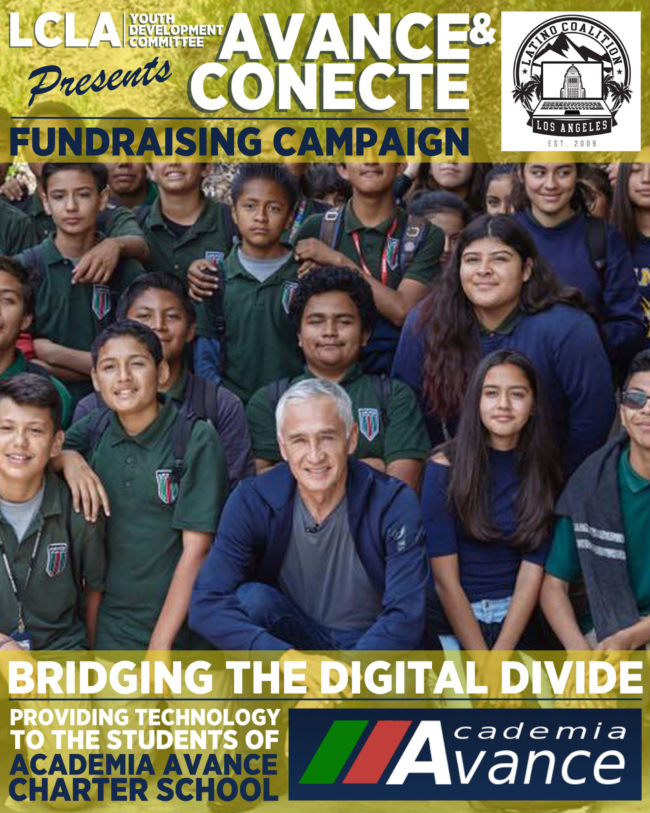Franklin P. Jones once said “You can learn many things from children. How much patience you have, for instance.” In light of the “Safer at Home” order and the new reality of distance learning we are all experiencing, parents might be learning just how much patience they have. However, I think all of us as adults can also learn resiliency from the children in our lives. Their ability to adapt, laugh, love, learn, and yes even be patient in the face of COVID-19 is remarkable. Helping my 11-year-old nephew work on his vocabulary while he reads Harry Potter for the first time and doing S.T.E.A.M. projects with him bring joy to my quarantine. On the other hand, having to wake him up for his Google Classroom meetings in the morning definitely tests my patience. Unfortunately, for many other children in my neighborhood of South Central Los Angeles, distance learning is not an option because of the digital divide.
The digital divide is a division between those who have access to digital devices and broadband and those who don’t. In our current internet economy, the digital divide highlights a new form of social inequality. It is estimated that one-third of all students in the Los Angeles Unified School District (LAUSD) don’t have broadband internet access at home. This disparity is most prevalent in the neighborhoods of South LA, Watts, and Boyle Heights. The U.S. National Telecommunications and Information Administration (NTIA) reported that internet use at home for Latinx children is 47 percent and for Black children it is 52 percent. This is low when compared to Asian American and White children who use the internet 79 percent at home. Research shows that even when controlling for variables like income and education, Latinx and Black households only report a 56 percent broadband adoption rate compared to 72 percent of White households.
Many advocates of digital equity contend that the digital divide is a result of “cyber redlining” by broadband companies. They argue that internet service providers deny broadband services to certain geographic areas. For instance, an Equity and Justice Alert survey conducted in April by the Partnership for Los Angeles Schools found that AT&T is the only provider in the Watts area. The survey also found that many Watts families cannot take advantage of the free internet deals currently being offered because companies do not service their neighborhoods. Despite the lack of infrastructure, LAUSD is committed to addressing the digital divide by providing hot spots and digital devices for all students. However, providing access to devices and broadband is only the first step in ensuring digital equity for all of our children. The second step in ensuring digital equity is the availability of support networks for teachers and students. The third step in ensuring digital equity is instilling the digital literacy skills and confidence necessary for our children to have a better quality of life.
Policy makers, parents, educators, and advocates should focus on the outcomes of digital equity. Closing the digital divide through ensuring access for all children to digital devices and broadband is only the first step. Policy makers must invest in both digital infrastructure and support networks for educators to effectively teach digital literacy skills. By doing so tackling the digital divide will result in a decrease of social inequalities. As a former S.T.E.A.M. educator I firmly believe “that our children are our most valuable resource.” It is time for all of us to invest in them and advocate for them not only during COVID-19 but beyond the quarantine.The Latino Coalition of Los Angeles is an organization which understands the role of education and how its efficacy is reliant on access to technology, access which families at this school have found difficult to navigate. In an effort to eliminate inequality dealt to low-income communities, we are launching an initiative to provide resources for these deserving, ambitious students. The campaign “Avance y Conecte” seeks to raise $14,000 to procure 50 Chromebooks for the students of Academia Avance Charter School — a school which serves a student population that is 92% Hispanic or Latinx and a community which is 96% socioeconomically disadvantaged. We will be further discussing the issue of the Digital Divide on La Comadre’s Facebook Live, August 4 at 6 PM.

